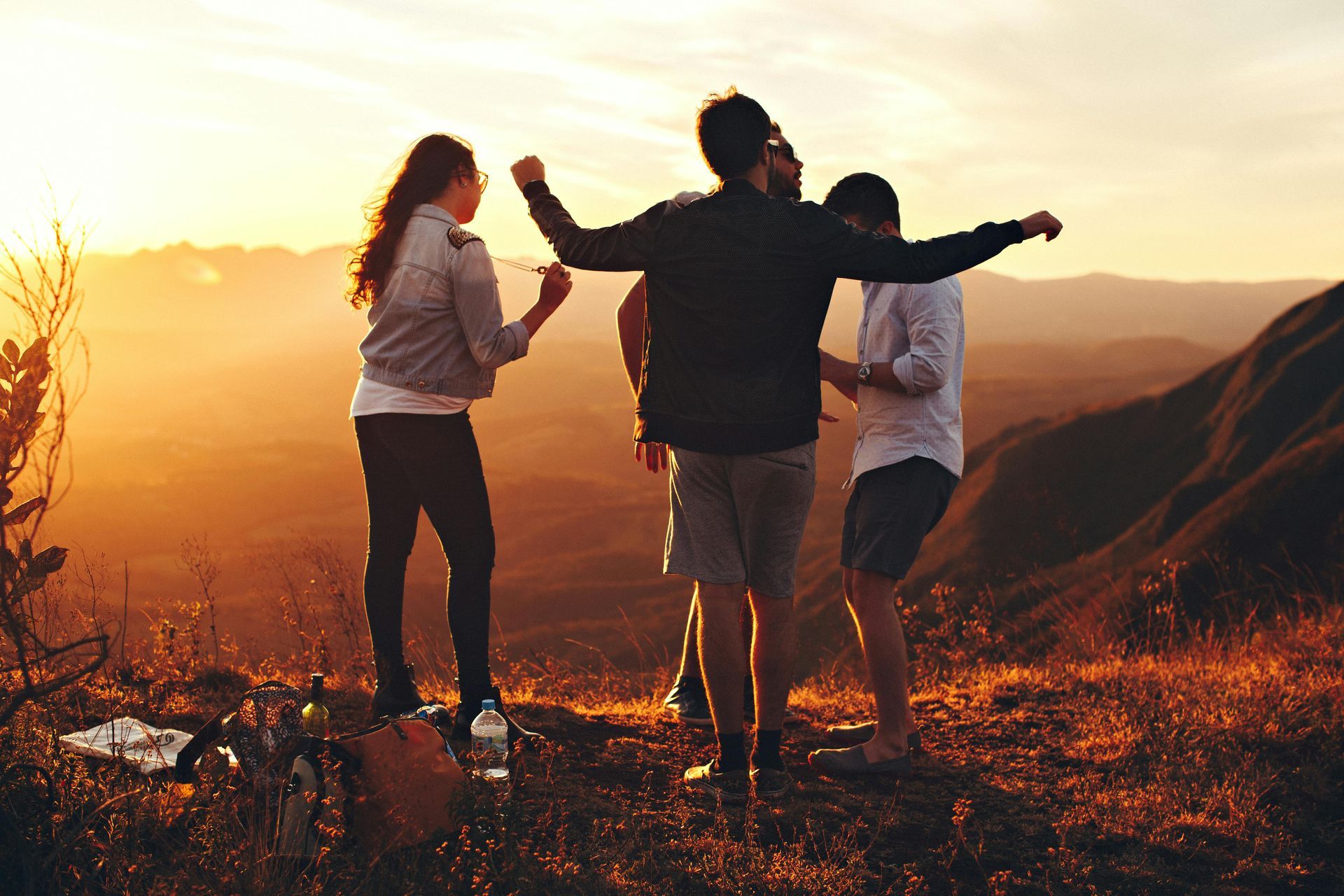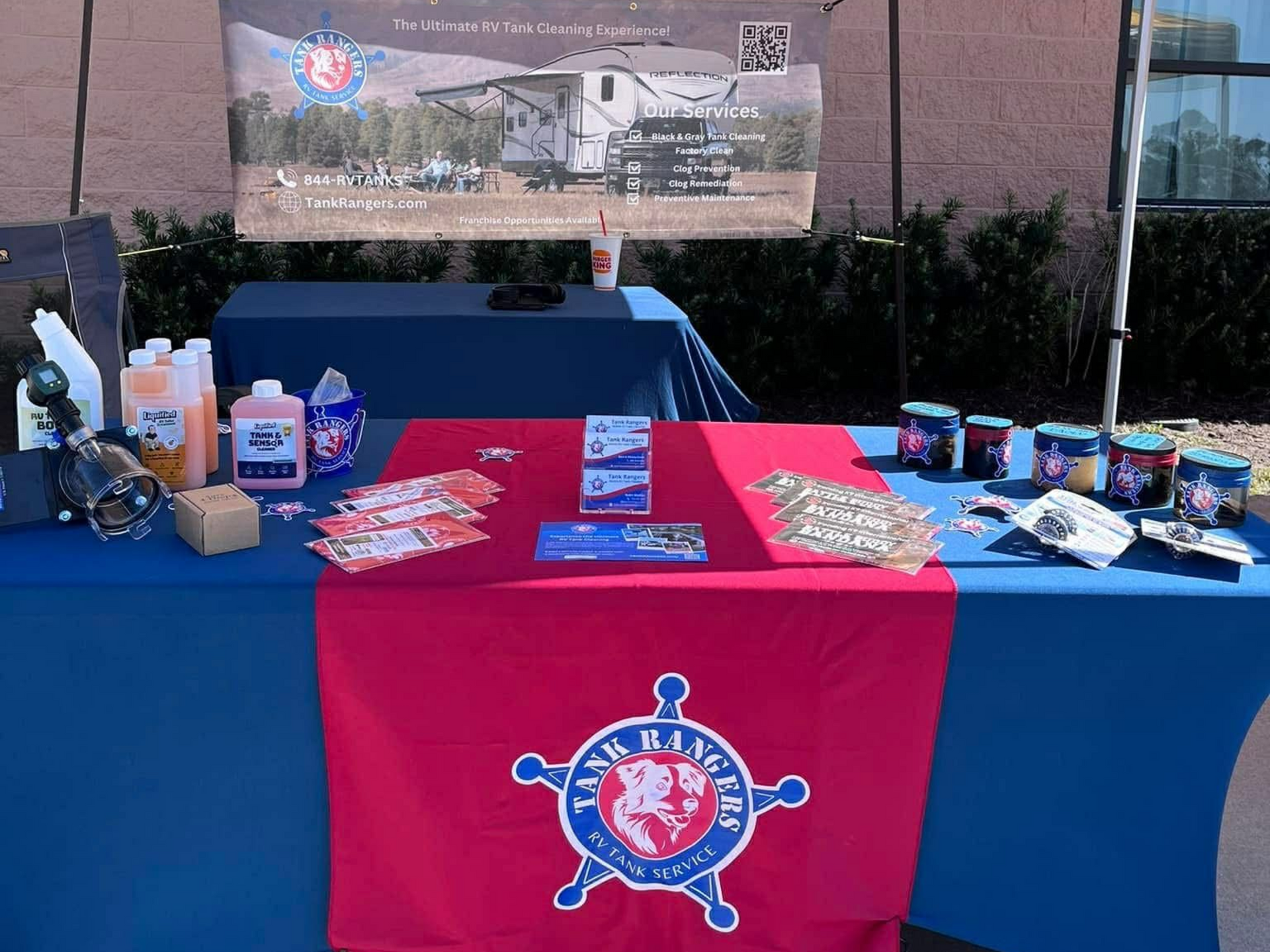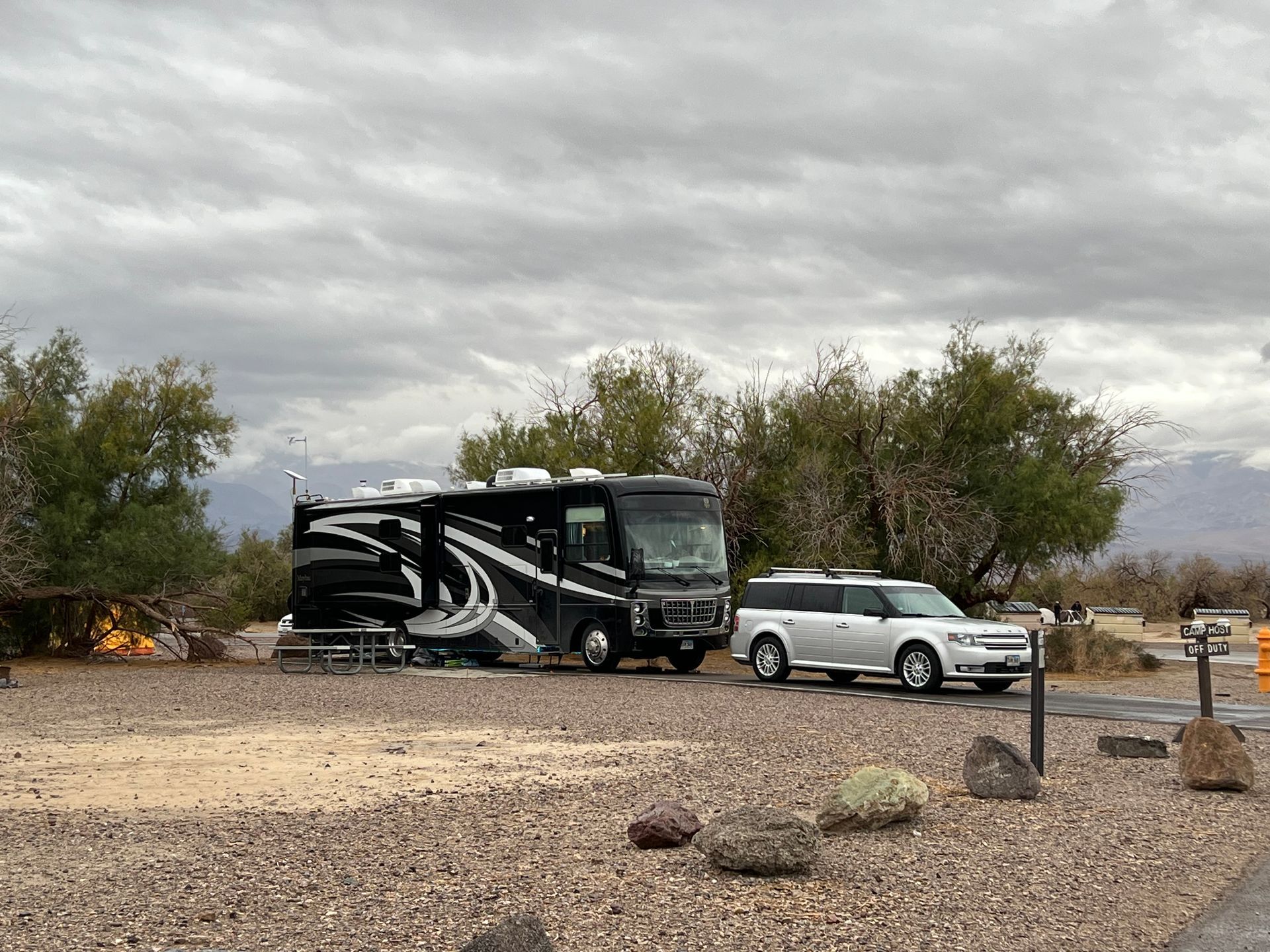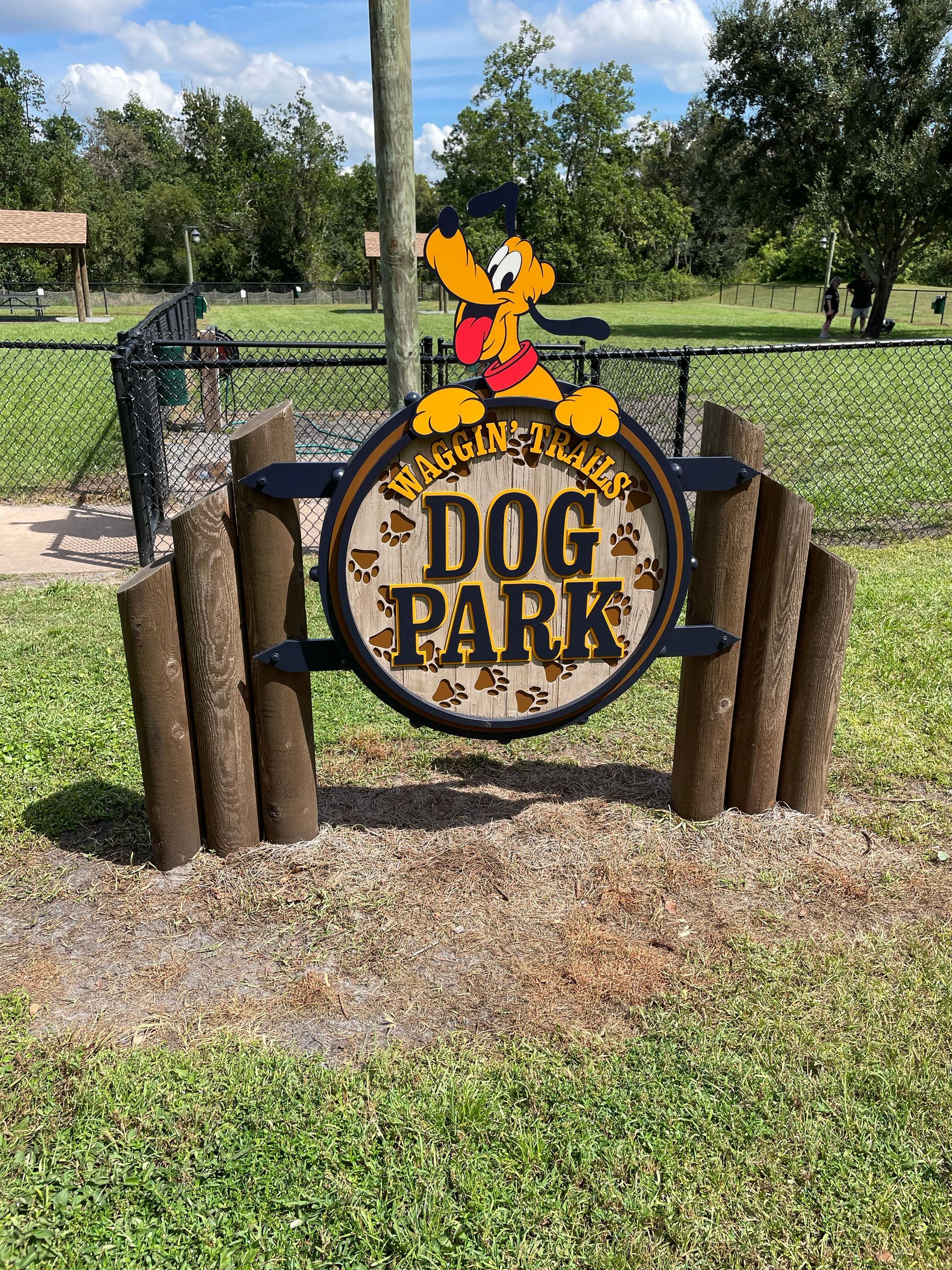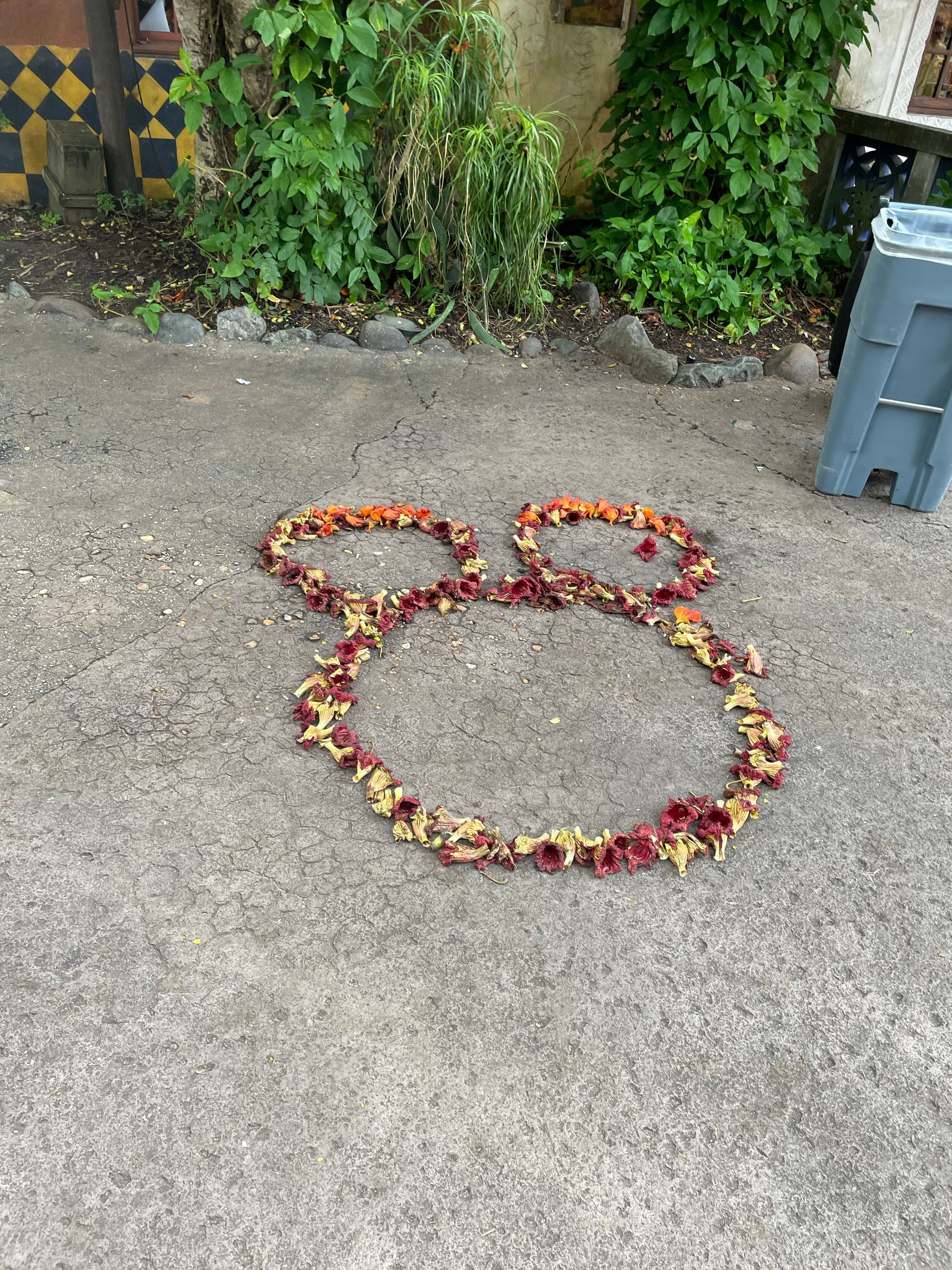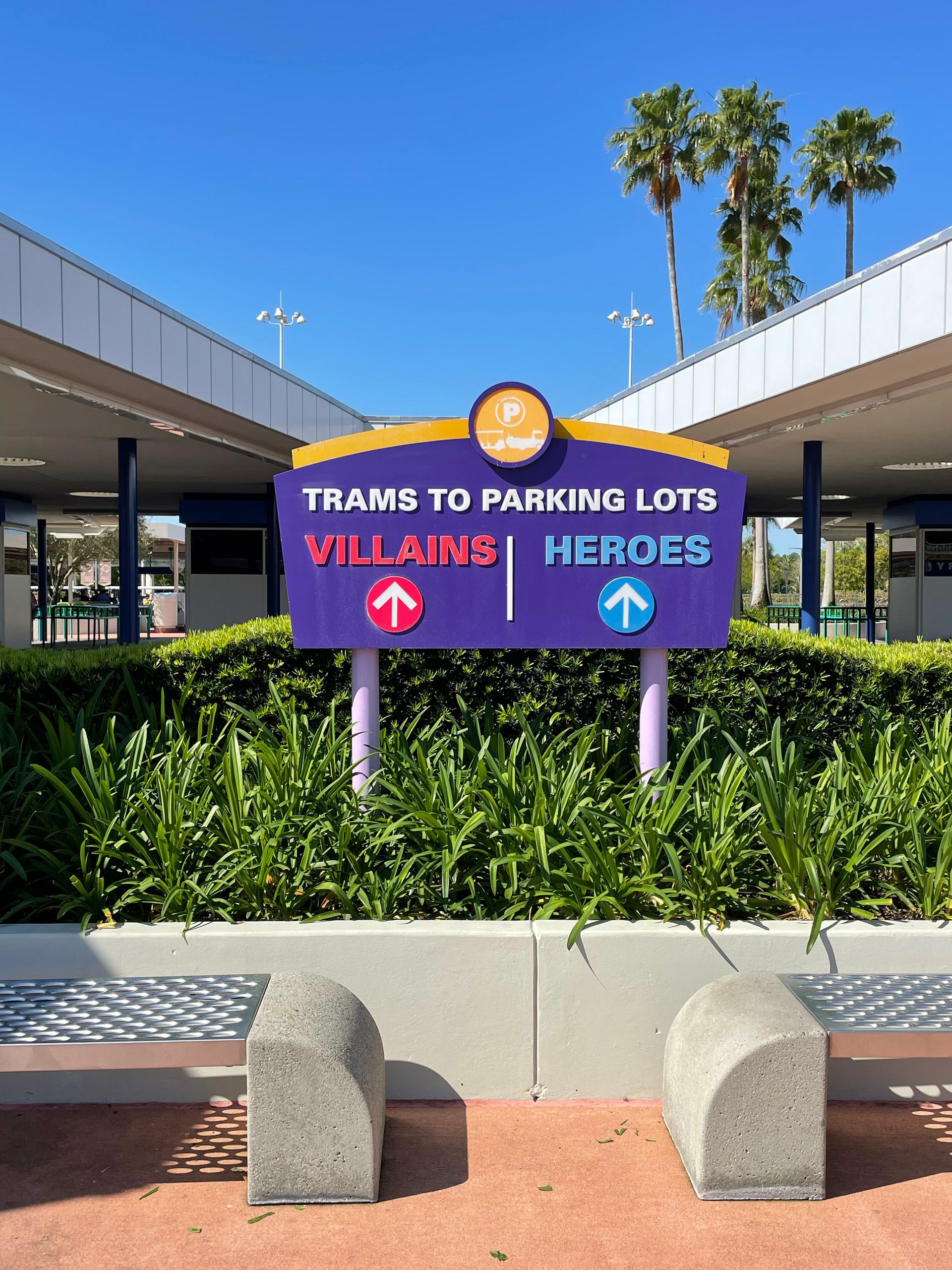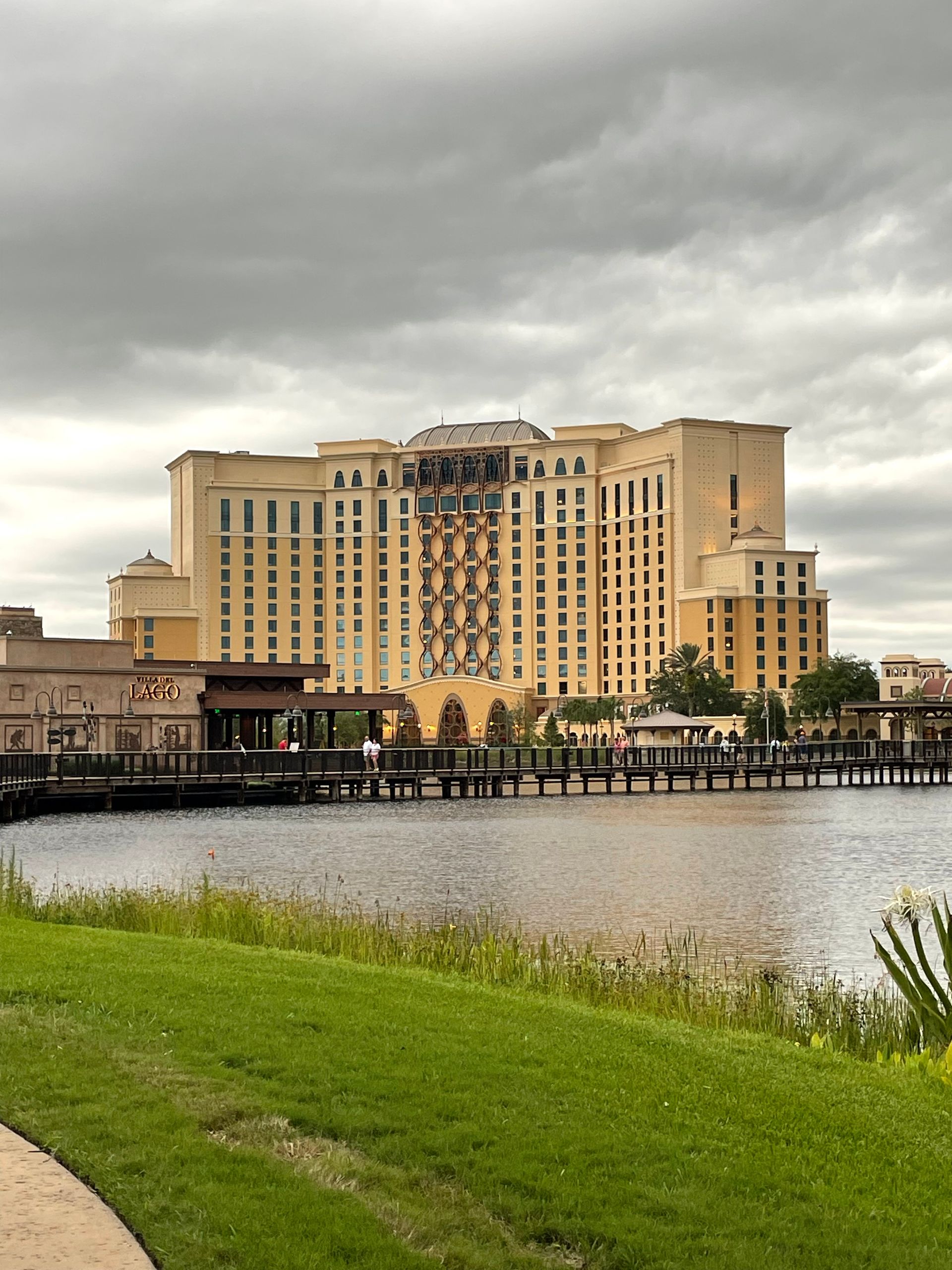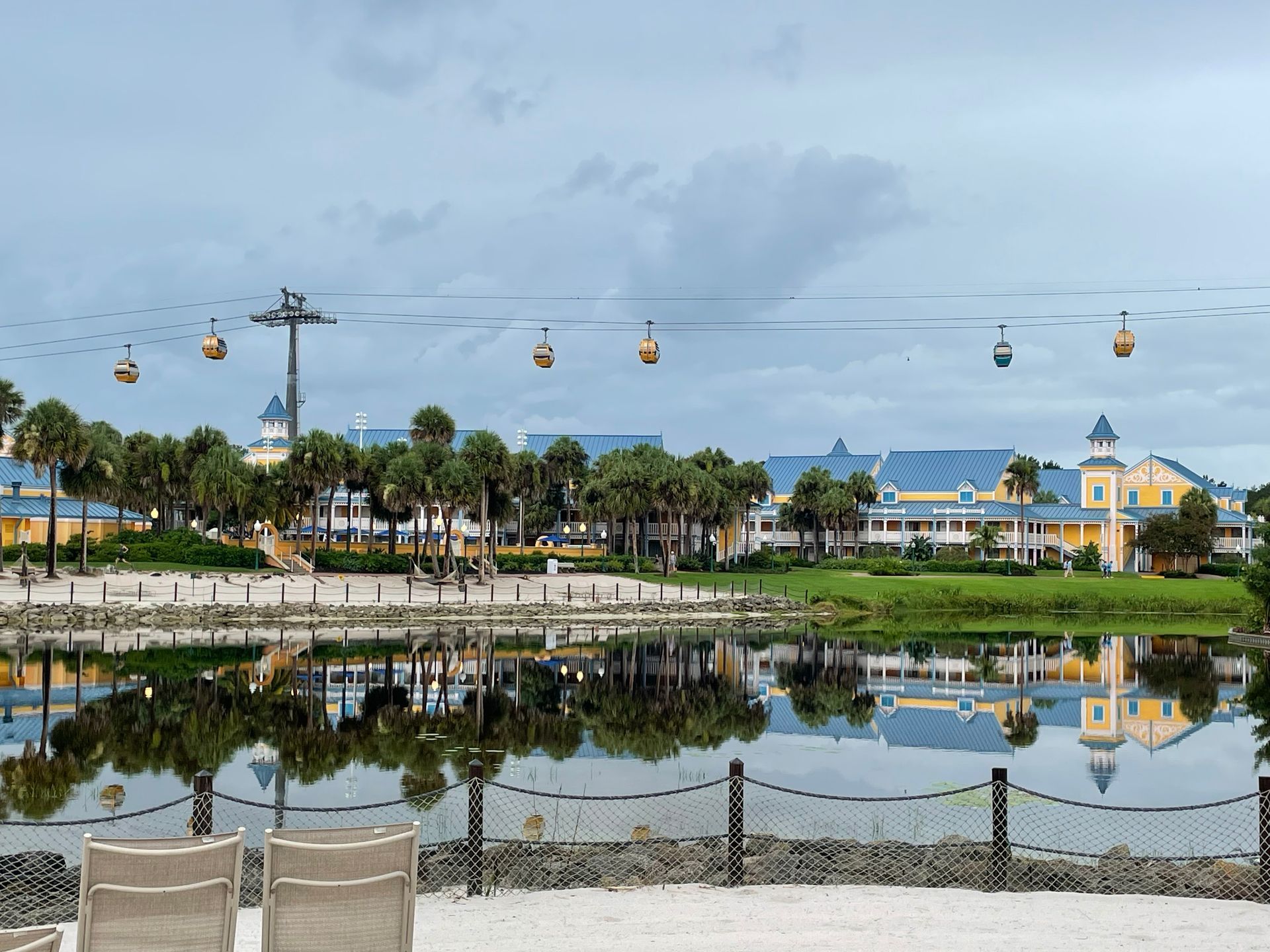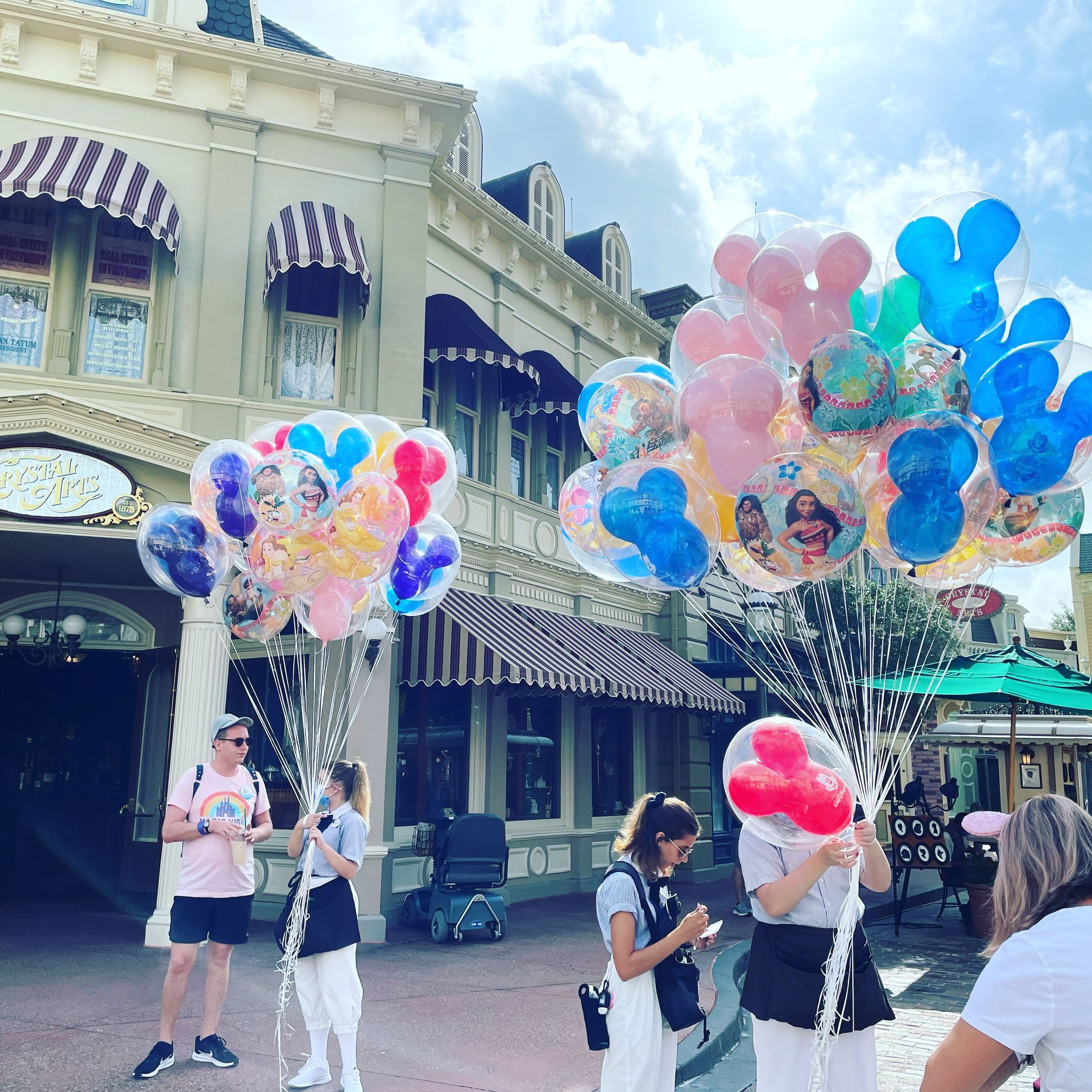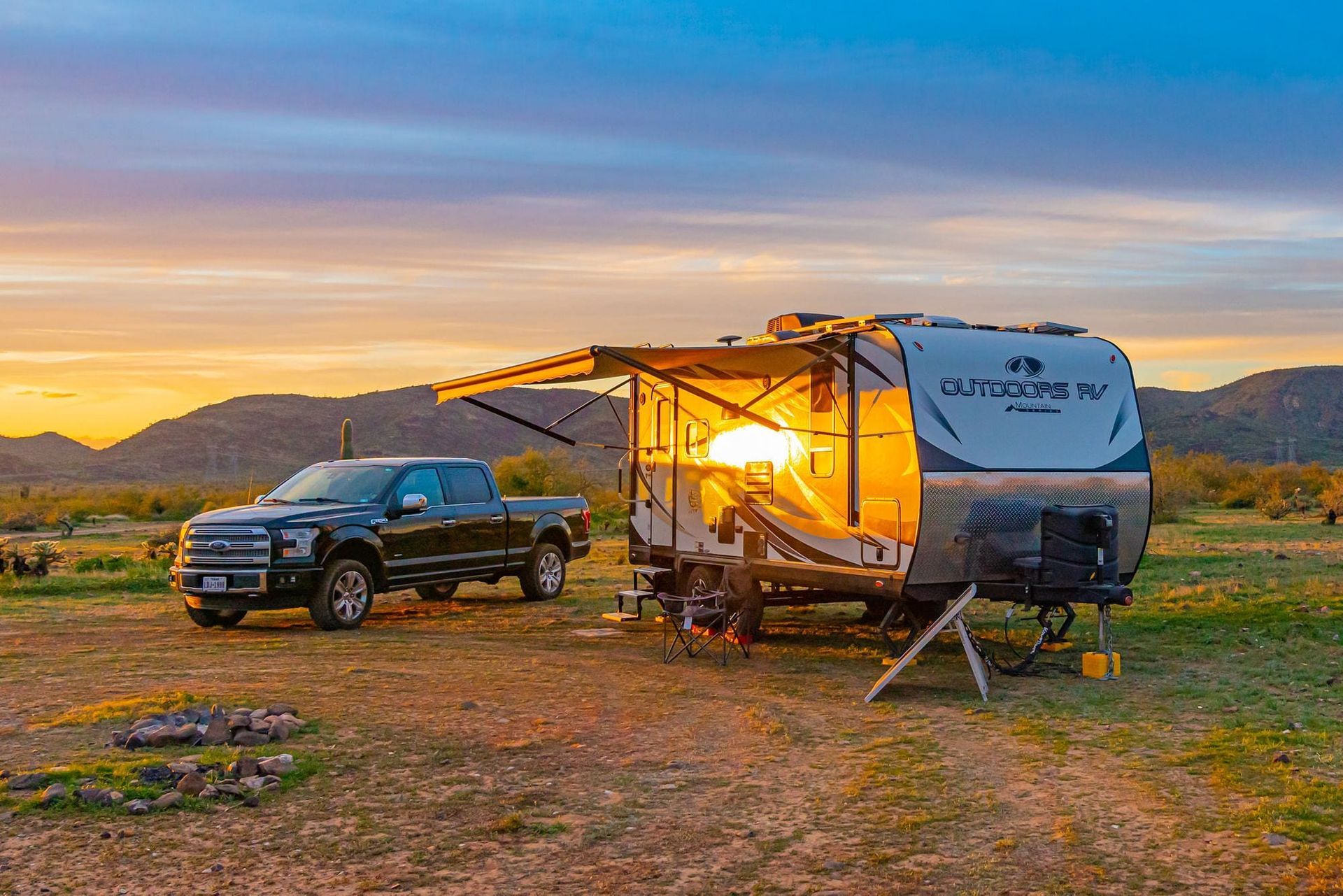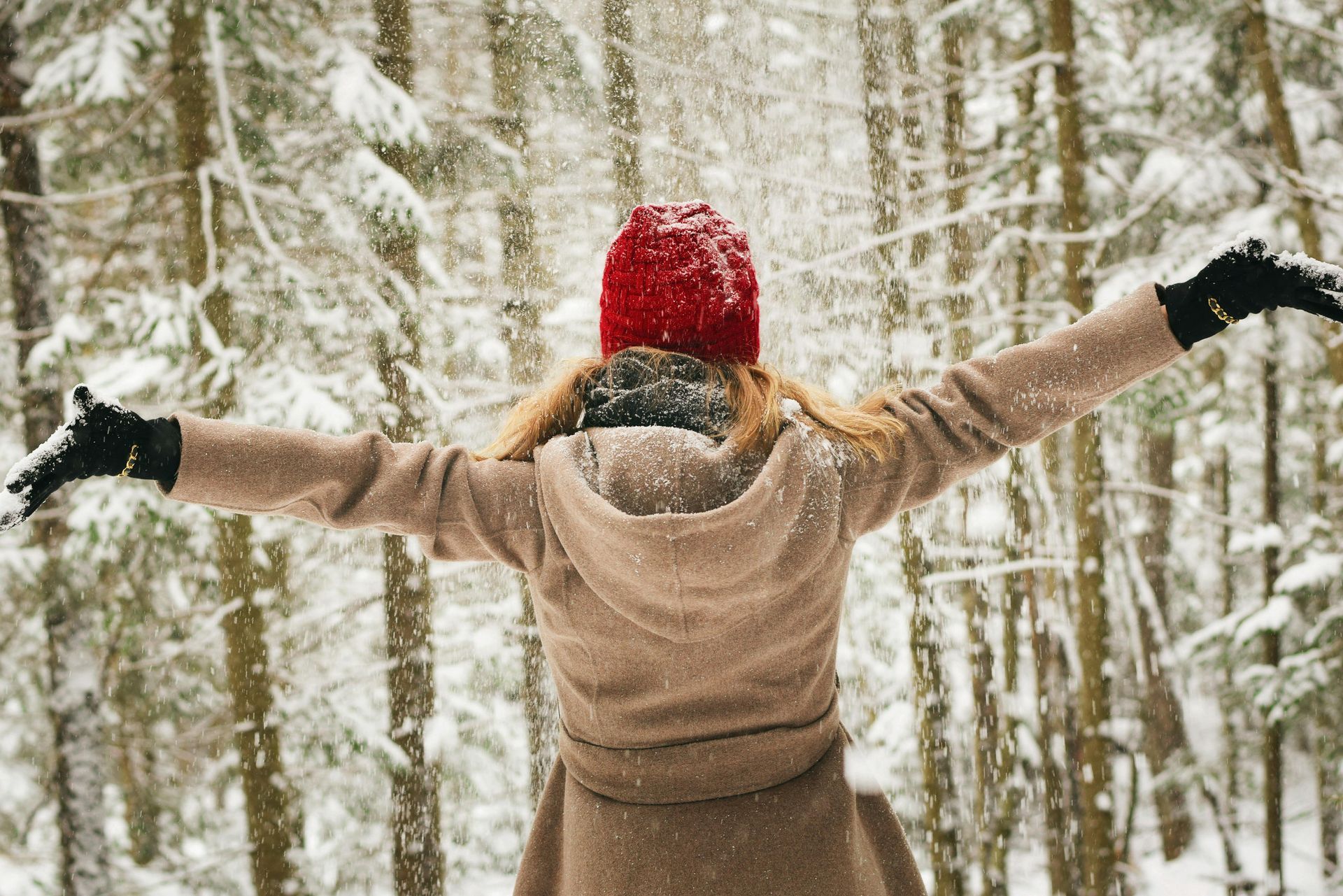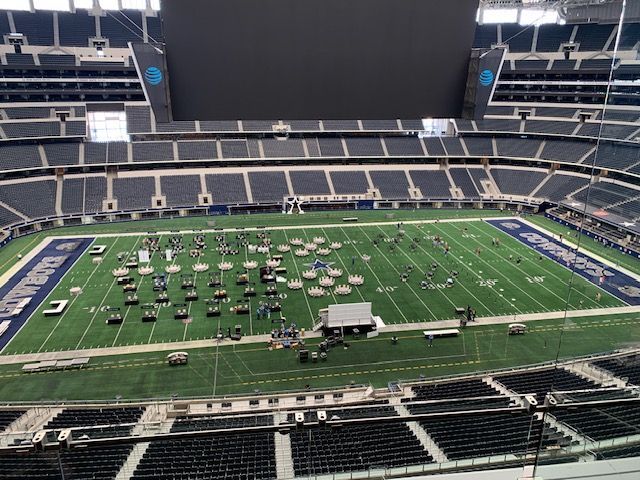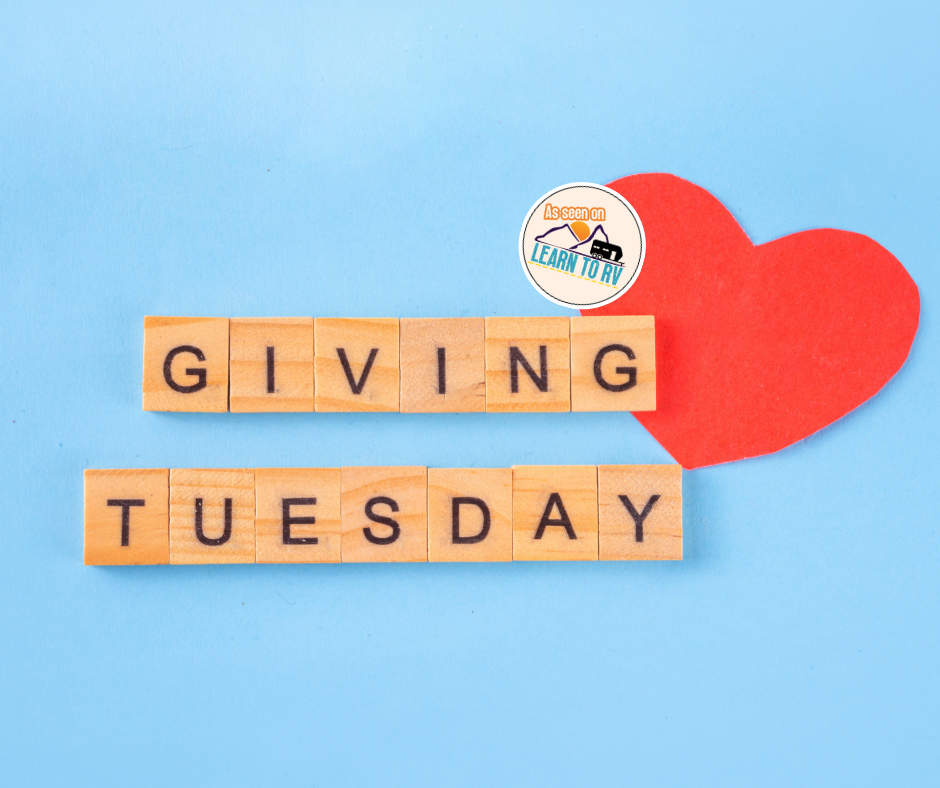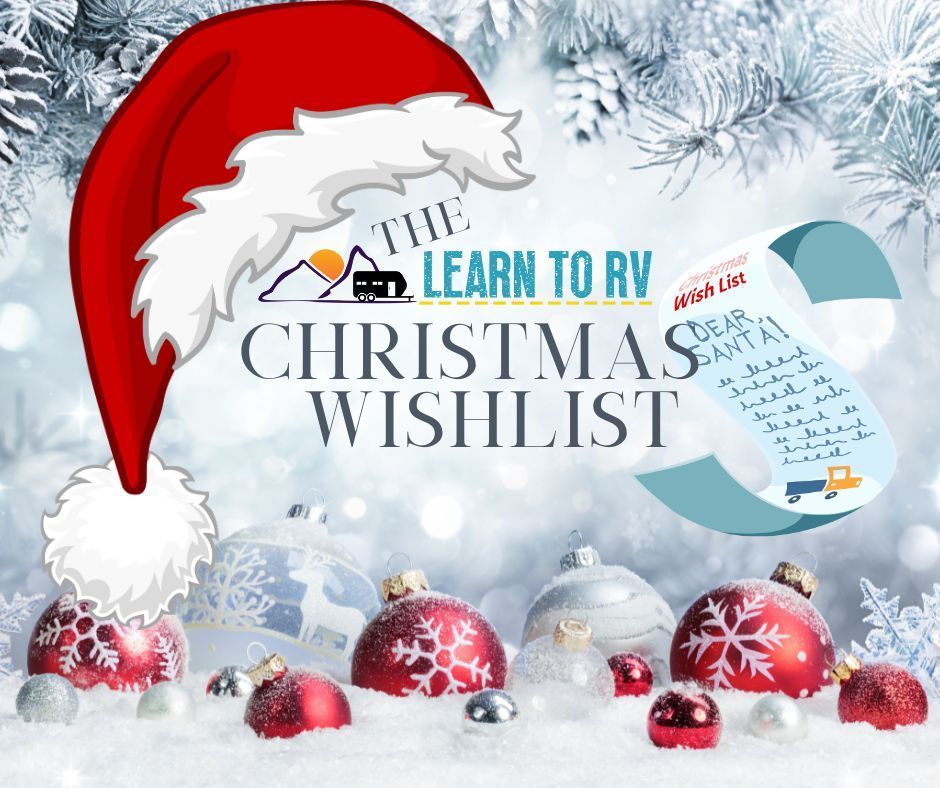Disney World with Your RV in 2025
Kristina Bram • July 15, 2025
Fort Wilderness vs. Off‑Site RV Resorts vs. Hotels
When it comes to doing Disney there are about a million different opinions on the “Best Way” to spend your vacation. Add in an RV and you add so many more great options!
So… as an RVer you have three main lodging strategies around a Walt Disney World Vacation:
1. Roll into Disney’s own Fort Wilderness Campground
2. Park at one of the many off‑site RV resorts in Kissimmee/Orlando, or
3. Stash the rig and treat yourself to a hotel room.
Each choice comes with a different mix of cost, convenience, and pixie dust. Our Family has done Disney all 3 ways and I’m here to help lay out some Pros and Cons to help you decide the best fit for your family! Below we break down the 2025 numbers, perks, and pain points so you can decide which bed (or bunk) is right for your crew!
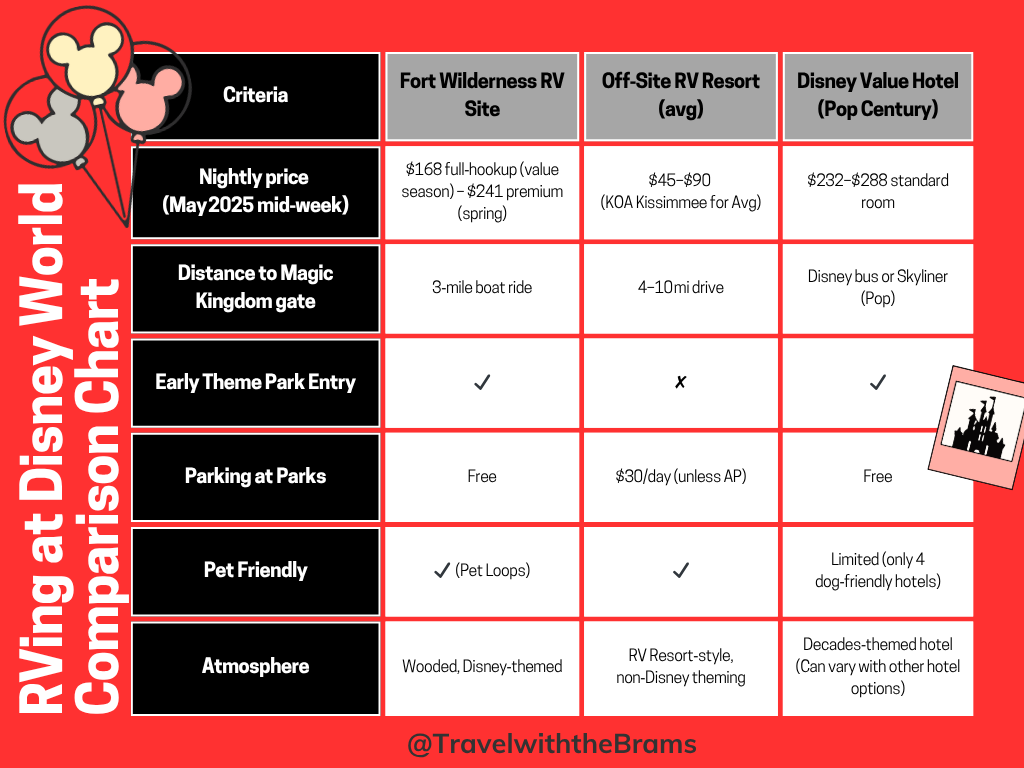
Fort Wilderness: The OG Disney Campground
Not to sound like too much of a Disney Adult but there is something Magical about waking up in your own bed ✨Knowing ✨ that you are in Disney World… BUT… Let’s shift to a few facts!
● Rates & capacity. Disney’s 2025 rack rates show full‑hookup sites starting at $137 on low‑crowd weekdays and topping out at $252 on New Year’s Day — roughly a 3.5 % climb over 2024. Premium pads (big‑rig friendly) hover between $160 and $281 most of the year. Tent/pop‑up loops remain the cheapest at ~$104 mid‑week.
● What’s New? The first loop of 350 DVC Cabins opened July of 2024, and by early 2025 all loops are online. Construction walls are down, but cabin loops are busier and internal golf‑cart traffic feels heavier.
● Transportation. Internal purple & orange buses circle the 750‑acre campground on a regular basis. From the Settlement dock you catch a 12‑minute boat ride to Magic Kingdom. Expect 25–40 minutes total door‑to‑gate.
●
Perks you can’t buy off‑site.
30‑minute Early Theme Park Entry every day (extended through at least 2026), complimentary water‑park admission on check‑in day (Currently only offered through 2025), free parking at all parks, and the option to book hard‑to‑get dining 60 days in advance.
Pros:
■ Woodsy old school campground vibes a stone’s throw from Cinderella Castle
■ Nightly campfire sing‑a‑long (Often with characters!)
■ Disney Transportation options to all 4 Theme Parks
■ Easy grocery delivery
■ No resort fees
■ In the Disney Bubble - Theming Immersion
Cons:
■ Premium price
■ High demand (can book up to 499 days out)
■ Long internal bus transport unless you rent a golf cart (~$74/day)
Off‑Site RV Resorts
The Orlando area has no shortage of campgrounds for every budget. Bonus if you already have a camping membership such as Thousand Trails, RPI or Passport America that can help get these sites for Free or at a large discount. Popular picks within 10 miles include Tropical Palms, Orlando/Kissimmee KOA Holiday, and Thousand Trails Orlando. If you are paying retail rates, mid‑week, full‑hookup sites typically run $45–$90 in off seasons; prime holidays can hit upwards of $120 per night. Be sure to look out for deals such as KOA’s 2025 “Stay 4, Save 25 %” or other Military, Good Sam or AAA Discounts!
Pros:
■ Savings of $60–$150 per night vs. Fort Wilderness (more for hotels)
■ Easier last‑minute availability with wider array of options
■ Larger pull‑through pads
Cons:
■ Pay Disney’s $30/day parking or rely on ride‑shares;
■ Miss Early Entry and other on‑site perks
■ Traffic on US‑192;
■ Traffic during Park‑closing drives when you’re exhausted
*Hidden‑cost to watch out for:
SunPass tolls on FL‑429 add about $3 round‑trip each park day. Routes may vary and require Toll roads so keep this in mind when picking your campground.
Disney (and Other) Hotels
Deciding to skip the RV all together is an option with a plethora of choices when it comes to hotels you can choose from! If you choose to say in an On-Site Disney resort, here is a price range you can expect: 2025 rack rates put Disney’s Pop Century — one of the most budget‑friendly hotels on property — in the $183 (slow Monday in January) to $396 (Easter week) range before discounts. Caribbean Beach (moderate) averages $338–$403 in spring break, and Deluxe resorts crack $700+.
What you gain:
■ Air‑conditioned square footage
■ Daily Mousekeeping
■ Rain‑proof hallways
■ Immersive pools
■ Skyliner or monorail access
■ Extended Evening Hours if you splurge on Deluxe.
What you lose:
■ Your own bed and kitchen
■ Ability to bring pets (only four dog‑friendly hotels)
■ Campground campfires
■ (For bigger families) the value of sleeping 6–10 in an RV spot
■ Cost can add up with hotel prices and eating all meals at restaurants.
Off‑site chain hotels
are also a great option! Along Hotel Plaza Blvd hotels start about $140 (plus resort + parking fees) but add up quickly once you tack on the $30/day Disney parking charge and no Early Entry.
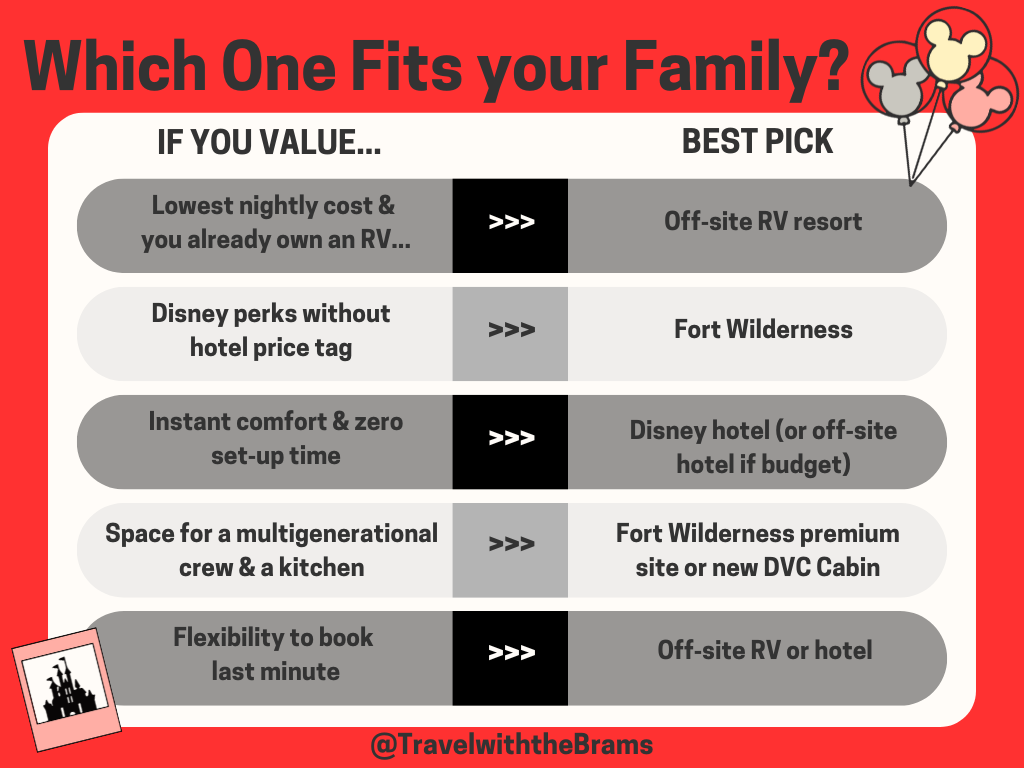
Pro Tips for 2025 Trips
- Book early: Fort Wilderness sites open 499 days out and holiday weeks sell out within hours. Sometimes you can get lucky to find last minute spots so keep checking if your heart is set on a Fort Wilderness stay!
- Measure twice: Premium pads fit rigs up to 45 ft; tent/pop‑ups loops cap at 25 ft.
- Storm prep: Florida’s weather can be unpredictable, especially May - October! In the summer months, afternoon showers can flood low‑lying loops; pack extra leveling blocks and rugs and be sure to be prepared for afternoon showers.
- Rent a golf cart or e‑bike: Fort Wilderness is a very large campground and having bikes or a golf cart make it easier to navigate.There are many locations within the campground where you cannot take your vehicle, so be prepared with your own wheels or plan to take the internal buses that loop around the campground.
- Stack discounts:
If you end up in a hotel, watch for up‑to‑30 % room offers and the summer “kids play & eat free” promotions Disney is running for 2025. Looking for the best discounts and free help planning your next trip? Reach out to me or fill out my trip form and I can help you every step of the way!
Other blogs you might like...
